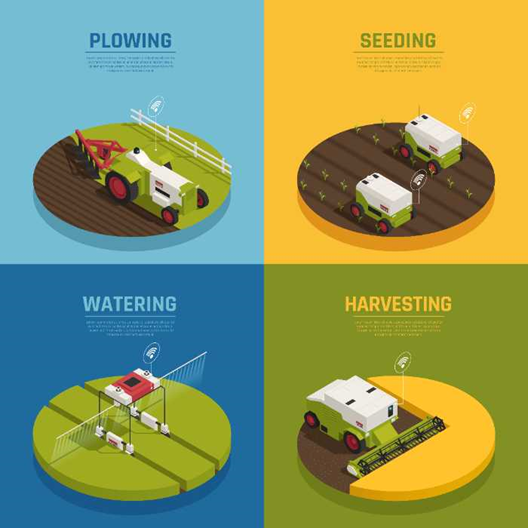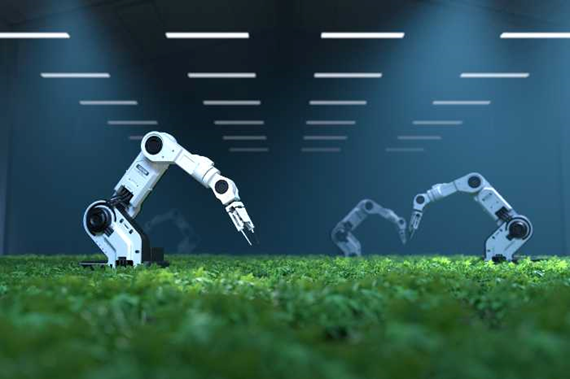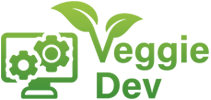Internet of Things in Agriculture: How is IoT implemented in agriculture ?
The internet of things is all around us. It seems like every day there is a new product that has been created to connect to the internet in some way. Agriculture is one area where the internet of things has been making a big impact. Farms are now using sensors and other technology to connect various pieces of equipment, animals, and plants to the internet. This allows farmers to better monitor their crops, livestock, and land. In this post, we will take a look at how the internet of things is being used in agriculture and what benefits it is bringing to farmers. We will also explore some of the challenges that come with implementing these technologies in farming operations.

IOT TECHNOLOGIES IN AGRICULTURE
The IoT is made up of sensors, devices, and software that collect data and connect to the internet. This technology is being used in many different industries, but it has especially been beneficial in agriculture. IoT sensors can be placed in fields to monitor things like soil moisture levels, temperature, and sunlight. This data can then be used to optimize irrigation and crop yields. IoT devices can also be used to track livestock, equipment, and even individual plants. This allows farmers to quickly locate problems and take corrective action.
Take a look at the many applications of IoT in agriculture and their corresponding IoT solutions:
1. ROBOTICS IN AGRICULTURE
IoT-enabled robots are being used in agriculture to perform tasks like soil mapping, crop scouting, and even weeding. These robots can cover more ground than humans, and they can collect data more accurately and efficiently. IoT sensors can be used to guide the robots and help them avoid obstacles. This technology is still in its early stages, but it has the potential to revolutionize agriculture.
-Soil Mapping Robots: These robots use IoT sensors to map out the field and collect data about the soil. This information can be used to optimize irrigation and crop yields.
-Crop Scouting Robots: These robots are used to inspect crops for pests, diseases, and other problems. IoT sensors can be used to guide the robot and help it identify problems.
-Weeding Robots: These robots use IoT sensors to identify weeds and then remove them. This can help to improve crop yields and reduce the amount of herbicide that is used.

2. DRONES IN AGRICULTURE
Drones are being used in agriculture for tasks like crop scouting, irrigation, and even crop-dusting. IoT sensors can be used to guide the drone and help it avoid obstacles. This technology is still in its early stages, but it has the potential to revolutionize agriculture. There are two kinds of drones: on-the-ground and airborne. Drones that move on the ground are known as ground robots. Aerial drones, on the other hand, include those that fly in the air.
3. REMOTE SENSING IN AGRICULTURE
IoT-enabled remote sensing is being used in agriculture to collect data about crops, soil, and weather. This information can be used to optimize irrigation and crop yields. IoT sensors can be used to guide the remote sensor and help it collect data more accurately.
-Crop Sensors: These sensors are used to collect data about crops, including things like plant height, leaf area, and biomass. This information can be used to optimize irrigation and crop yields.
-Soil Sensors: These sensors are used to collect data about soil, including things like moisture content, temperature, and pH levels. This information can be used to optimize irrigation and crop yields.
-Weather Sensors: These sensors are used to collect data about weather, including things like temperature, humidity, and rainfall. This information can be used to optimize irrigation and crop yields.
4. COMPUTER IMAGING IN AGRICULTURE
IoT-enabled computer imaging is being used in agriculture to identify problems with crops, such as pests, diseases, and nutrient deficiencies. IoT sensors can be used to guide the computer imaging system and help it collect data more accurately.
-Pest Detection: IoT sensors can be used to detect pests, such as insects and rodents. This information can be used to control pests and improve crop yields.
-Disease Detection: IoT sensors can be used to detect diseases, such as fungal infections and viruses. This information can be used to control diseases and improve crop yields.
-Nutrient Deficiency Detection: IoT sensors can be used to detect nutrient deficiencies, such as nitrogen and phosphorus. This information can be used to optimize fertilizer use and improve crop yields.
IoT IN AGRICULTURE: BENEFITS
There are many benefits of IoT in agriculture, including the following:
-Improved Crop Yields: IoT can be used to collect data about crops, soil, and weather. This information can be used to optimize irrigation and crop yields.
-Reduced Pesticide Use: IoT-enabled pest detection can be used to control pests and reduce the amount of pesticide that is used.
-Reduced Fertilizer Use: IoT-enabled nutrient deficiency detection can be used to optimize fertilizer use and improve crop yields.
-Improved Soil Health: IoT-enabled soil sensors can be used to collect data about soil health. This information can be used to improve soil health and increase crop yields.
IoT IN AGRICULTURE: CHALLENGES
There are some challenges with IoT in agriculture, including the following:
-High Cost: IoT technology can be expensive, and it may not be affordable for all farmers.
-Lack of Standardization: There is no one standard for IoT in agriculture, which can make it difficult to compare data and results from different systems.
-Security concerns: IoT devices can be hacked, which could lead to the theft of data or the manipulation of systems.
IoT IN AGRICULTURE: FUTURE
The future of IoT in agriculture is bright. IoT-enabled precision agriculture is expected to become more common, and it has the potential to greatly improve crop yields and decrease the use of pesticides and fertilizers. In addition, IoT-enabled computer imaging is expected to become more common, and it has the potential to improve crop yields by detecting problems early. IoT technology is also expected to become more affordable, which will make it more accessible to farmers.
If you’re a farmer looking to implement IoT on your farm, or if you’re interested in IoT-enabled precision agriculture or computer imaging, contact us today. We can help you find the right solution for your needs.
